A Few Tips for Flawless Asparagus!
Do you like your asparagus thick or thin? I’ve always heard the best is thin—that thick stalks stayed in the ground too long and tend to be woody and stringy. But actually, that isn’t necessarily true.
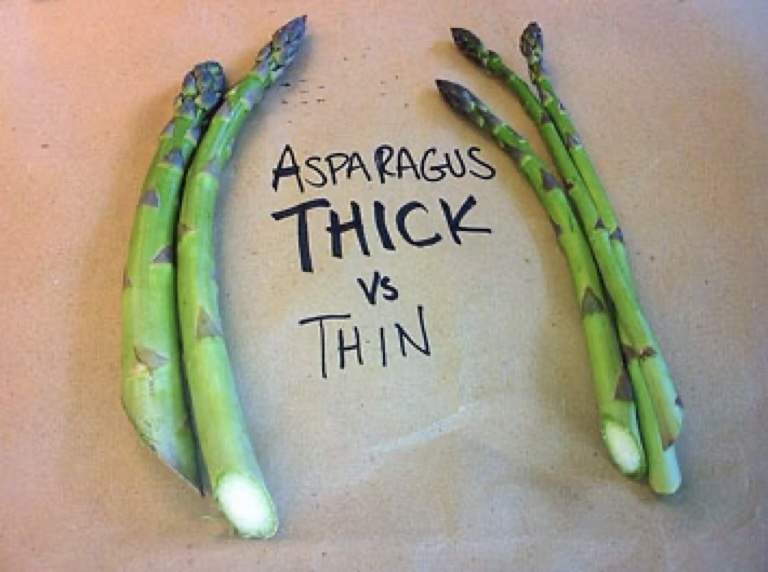
The thickness of asparagus isn’t related to how long the spears spend in the ground. It’s about the variety and age of the plant (which can produce for up to 20 years), as well as the growing conditions. A plant grown year-round in a temperate climate will produce increasingly thin stalks with each passing year, while asparagus farmed in colder regions will rest between the growing seasons and sprout thicker spears.
Turns out, both are great for cooking, as long as you tailor the method to the spears’ size and prep them properly.
Speaking of proper prep, do you snap or peel? In answer to this question, America’s Test Kitchen (ATK) experts offer a strong, data-driven opinion. They say snapping is wasteful. Depending on where you place your hands and apply force, the asparagus might break anywhere along its length—not simply where the fibrous base meets the tender top, as many sources suggest.
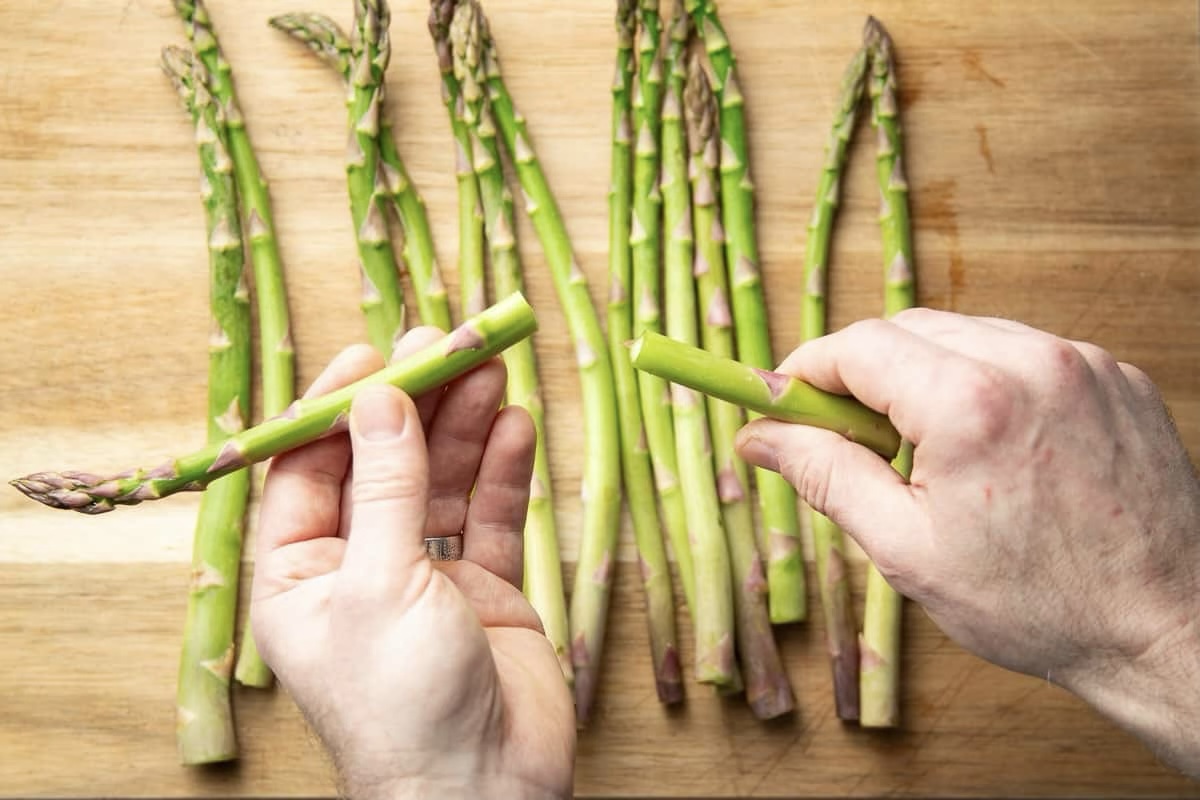
In numerous tests, they’ve found that snapped spears can lose up to half their weight. Thus, they prefer to trim the bottom inch (the toughest, woodiest part) from the spears and then peel the bottom half of each one to remove its fibrous exterior, which reduces the weight loss to less than 30 percent.
The ATK pros say they also like the way asparagus looks when it’s prepped this way— “Particularly elegant.” As a side note, they tested various peelers for the job and found the work went quickest when they used a quality Y-peeler.
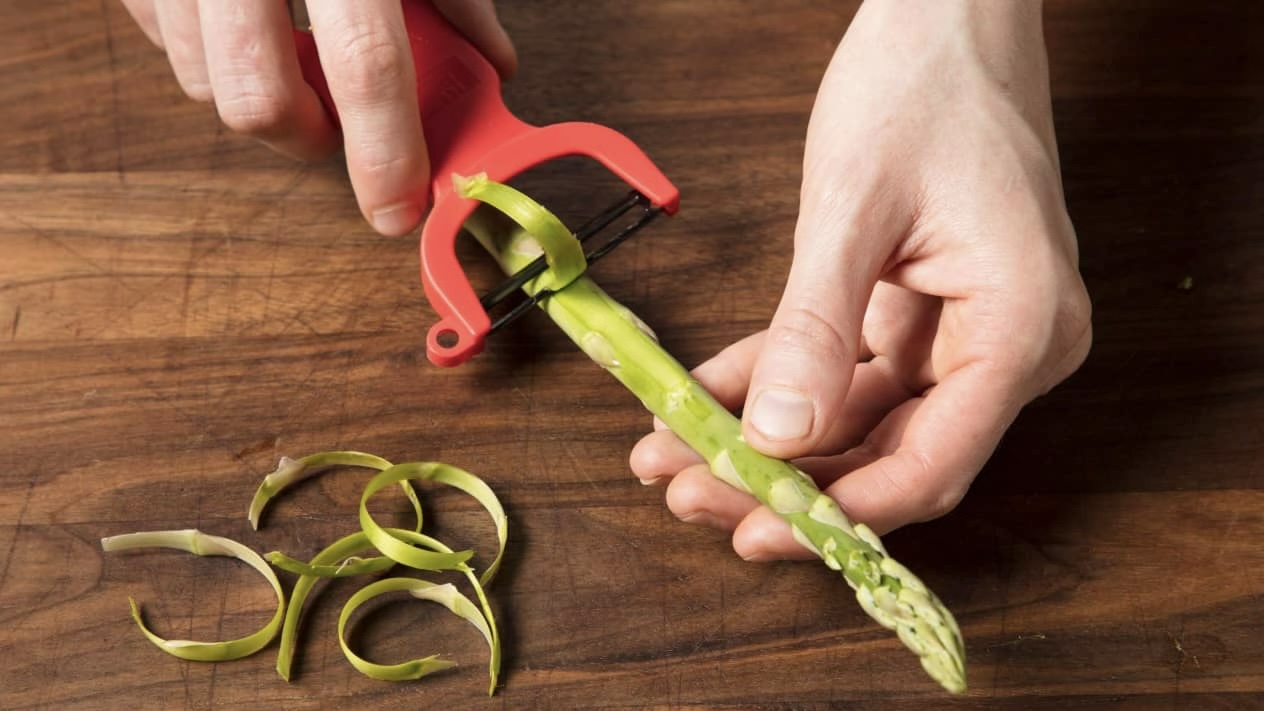
Then there’s storing asparagus. The Test Kitchen staff tested four methods and found that trimming the stalks’ ends and standing them in a vessel containing a small amount of water (like cut flowers) allows capillary action to pull water up through the stems, keeping them fresh and firm for up to 4 days.
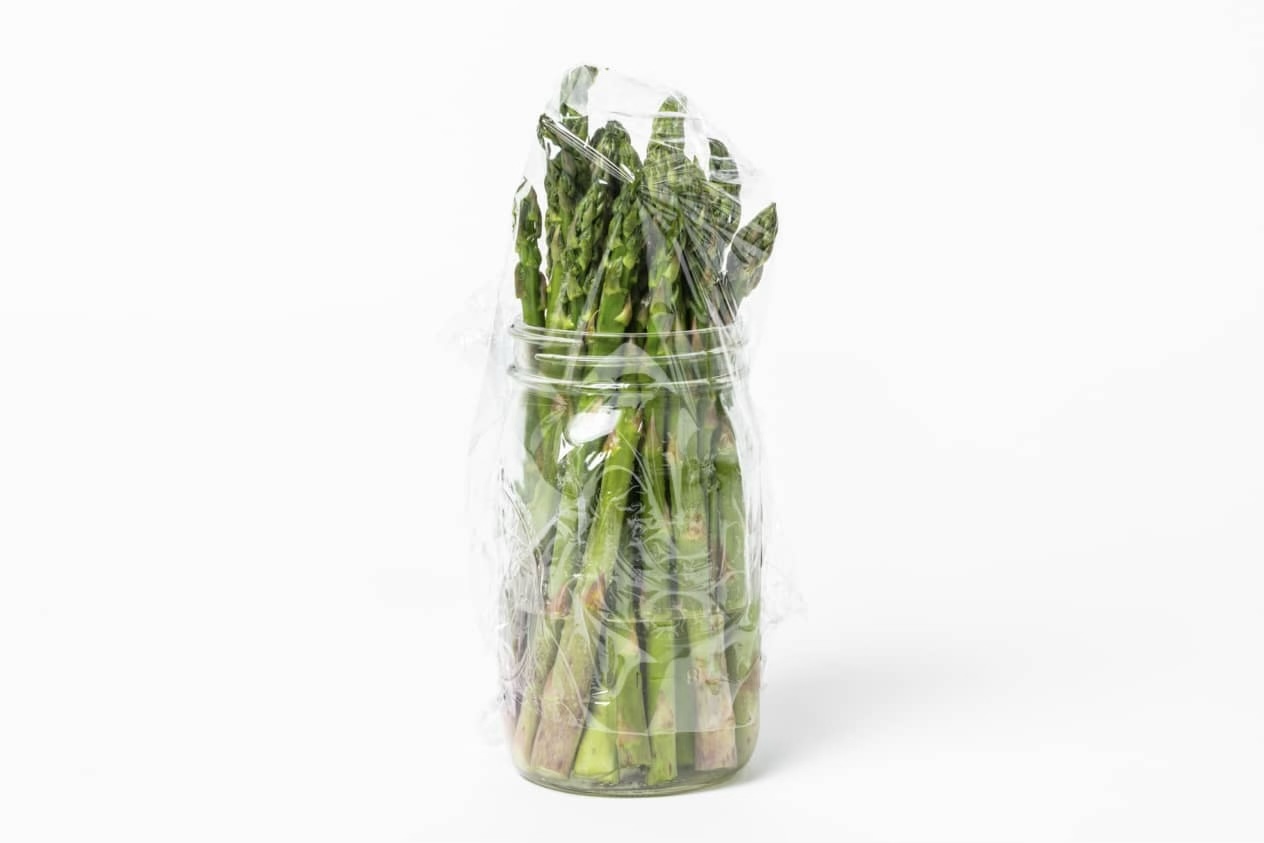
Finally, there’s serving it up. Roasting is a popular method. The ATK folks tell us how. They say that in addition to a blast of high heat, the key here is to refrain from moving the spears so that they brown deeply on one side and remain vibrant green on the other.
1. Place rimmed baking sheet in oven and heat to 500 degrees.
2. Toss asparagus with oil, salt, and pepper.
3. Transfer asparagus to preheated sheet and spread into even layer. Roast until undersides of spears are browned, tops are vibrant green, and tip of paring knife inserted at base of largest spear meets little resistance.
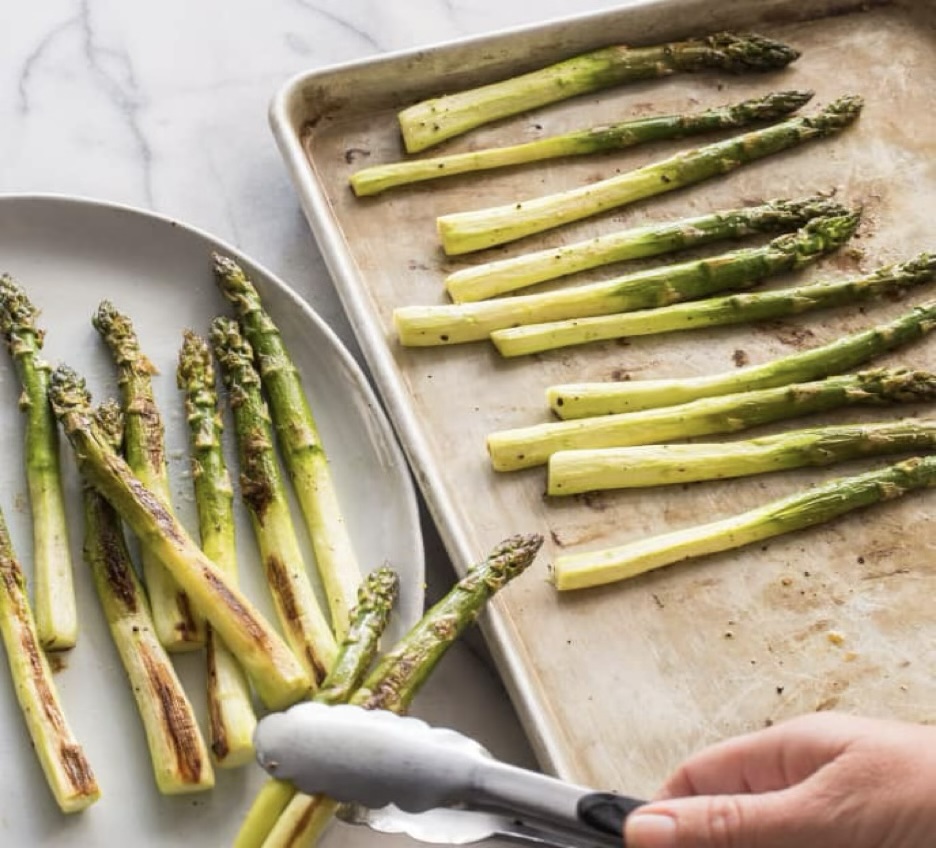
America’s Test Kitchen knows their stuff, and confidently say “These are the tips to use for flawless asparagus.” I’ll be following their advice this spring. How about you?
I’ll close with a terrific recipe for roasted asparagus we’ve used in our home for years. The difference I’ll apply going forward is using the higher heat that the Test Kitchen staff recommend. See what you think.
Roasted Fresh Asparagus
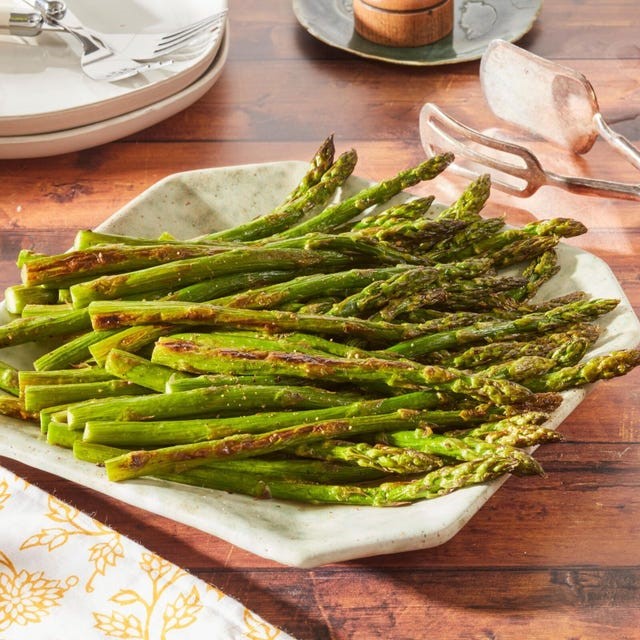
1 bunch fresh asparagus spears
5 to 6 tablespoons extra virgin olive oil (size of bunch determines how much oil to use)
kosher salt to taste
freshly ground black pepper to taste
Directions:
Preheat oven to 500°F.
Wash asparagus thoroughly.
Trim stalks (per ATK experts).
On rimmed baking sheet, spread asparagus in a single layer.
Pat stalks as dry as you can (you don't want any water to "steam" the asparagus when in oven).
Generously drizzle olive oil over asparagus.
Sprinkle asparagus generously with salt and pepper.
Roast for approximately 10 minutes.
NOTE: The secret is for the oven to be VERY HOT so the asparagus can begin to brown on the outside without overcooking and getting too flimsy. You want the finished asparagus to still have a bite to it.
Wash asparagus thoroughly.
Trim stalks (per ATK experts).
On rimmed baking sheet, spread asparagus in a single layer.
Pat stalks as dry as you can (you don't want any water to "steam" the asparagus when in oven).
Generously drizzle olive oil over asparagus.
Sprinkle asparagus generously with salt and pepper.
Roast for approximately 10 minutes.
NOTE: The secret is for the oven to be VERY HOT so the asparagus can begin to brown on the outside without overcooking and getting too flimsy. You want the finished asparagus to still have a bite to it.
Recipe formatted with the Cook'n Recipe Software from DVO Enterprises.
 Alice Osborne
Alice Osborne
Weekly Newsletter Contributor since 2006
Email the author! alice@dvo.com
